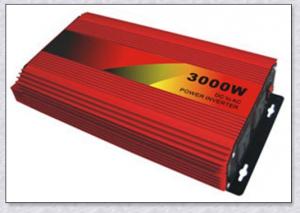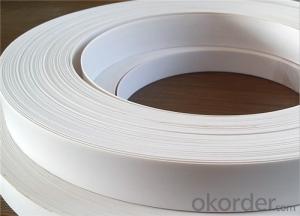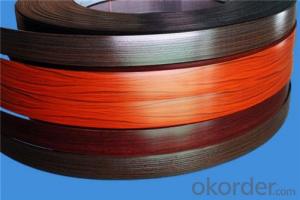Solar Edge Inverter App
Solar Edge Inverter App Related Searches
Ac Inverter For Solar Panels Solar Panel With Ac Inverter Gas Furnace With Ac Panda Hot Water Bottle Cover Minion Hot Water Bottle Cover Abb Solar Water Pump Inverter Solar Water Pump Philippines Extra Long Hot Water Bottle Solar Panel Dc To Ac Inverter Old Fashioned Hot Water BottleHot Searches
Solar Edge Inverter For Sale Fiberglass Scaffolding For Sale Fiberglass Panels For Sale Fiberglass Greenhouses For Sale Type Of Scaffolding With Pdf Solar Inverter With 2 Battery Pedestal Fan With Water Spray Price Mini Inverter With Battery Online Shopping Solar Edge Inverter Price Ceiling Fan Lowest Price Solar Edge Inverter Sizes Type Of Inverter For Solar Types Of Inverter For Solar Used Solar Inverter For Sale Inverter Size For Solar System Solar Edge Inverter For Sale 5kw Solar Inverter For Sale Solar Inverter For Sale Solar Inverter For Battery Solar Inverter For Split AcSolar Edge Inverter App Supplier & Manufacturer from China
Okorder.com is a professional Solar Edge Inverter App supplier & manufacturer, offers integrated one-stop services including real-time quoting and online cargo tracking. We are funded by CNBM Group, a Fortune 500 enterprise and the largest Solar Edge Inverter App firm in China.Hot Products
FAQ
- What is the difference between low voltage grid connection and medium voltage grid connection?
- When the power grid failure or disturbance caused by the power supply and network voltage drop, in the voltage drop range, the power group can be uninterrupted through the inverter and network operation.
- Yes, a solar inverter can be used with different types of energy management systems. Solar inverters are designed to convert the DC (direct current) electricity generated by solar panels into AC (alternating current) electricity that can be used to power various electrical devices and appliances. These inverters can be integrated with different energy management systems, such as smart grids or battery storage systems, to optimize energy usage, monitor performance, and enhance overall energy efficiency.
- Yes, a solar inverter can be used with battery storage. In fact, it is commonly used in solar energy systems to convert the direct current (DC) power generated by solar panels into alternating current (AC) power that can be used by household appliances or stored in batteries for later use. The solar inverter plays a crucial role in managing the flow of electricity between the solar panels, batteries, and the electrical grid, ensuring efficient energy utilization and storage.
- Yes, a solar inverter can be used with micro-inverters. Micro-inverters are typically used in small-scale solar installations to optimize the performance of individual solar panels. They convert the DC power generated by each solar panel into AC power, which can then be combined and synchronized by a central solar inverter. This allows for greater flexibility, efficiency, and monitoring capabilities in the overall solar system.
- Yes, a solar inverter can be used in areas with high levels of lightning activity. However, it is important to ensure that the inverter is designed to withstand lightning strikes and has appropriate surge protection measures in place to prevent damage. Additionally, proper grounding and installation by a qualified professional are crucial to mitigate any potential risks associated with lightning strikes.
- No, a solar inverter cannot work without sunlight. It relies on the energy generated by solar panels, which convert sunlight into electricity. Without sunlight, there is no source of energy for the solar inverter to convert, rendering it inoperable.
- Yes, a solar inverter can be used with batteries. In fact, many solar energy systems use a solar inverter to convert the DC (direct current) power generated by solar panels into AC (alternating current) power that can be used by household appliances. By integrating batteries into the system, excess solar energy can be stored for later use during periods of low sunlight or at night, providing a reliable and continuous power supply.
- A solar inverter converts direct current (DC) electricity generated by solar panels into alternating current (AC) electricity that can be used to power appliances and feed into the electrical grid. It does this by using a complex electronic circuit that first converts the DC power into high-frequency AC power. This high-frequency AC power is then transformed into the desired voltage and frequency of standard AC power using pulse-width modulation techniques. The converted AC power can then be utilized for various household or commercial electrical needs.















































